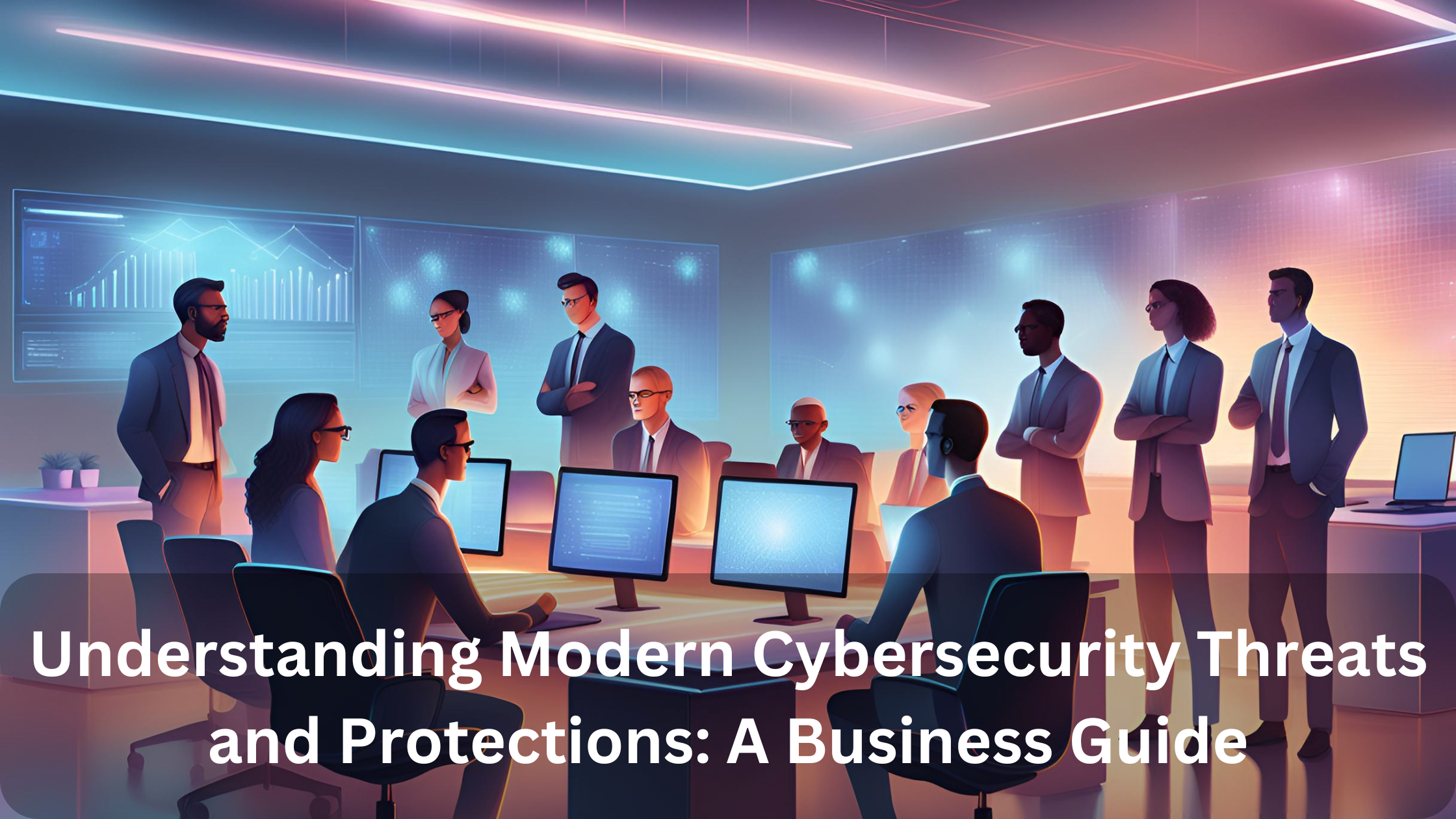In today's digital landscape, businesses face an ever-growing array of cybersecurity threats. This guide explores common cyber threats, their mechanisms, and essential protection strategies that go beyond basic business security measures.
The Dark Web and Data Breaches
The dark web represents a significant threat to business security. While often misunderstood, it's simply a segment of the internet that requires specialized access methods. What makes it dangerous is its role in cybercrime:
- Stolen business data is frequently traded or sold on dark web marketplaces
- Cybercriminals use these platforms to exchange hacking tools and techniques
- Compromised business credentials often appear on dark web forums before companies detect breaches
Ransomware: A Growing Threat
Ransomware has emerged as one of the most devastating forms of malware affecting businesses today. This malicious software operates by:
- Infiltrating systems through various attack vectors
- Encrypting crucial business data and systems
- Rendering files and applications completely inaccessible
- Displaying ransom demands for decryption keys
The impact can be catastrophic, leading to:
- Operational downtime
- Financial losses from ransom payments
- Potential data breaches
- Damage to business reputation
- Loss of customer trust
Common Attack Vectors
Cybercriminals employ various sophisticated methods to infiltrate business systems. The most common include:
Phishing Attacks
These attacks remain highly effective because they:
- Mimic legitimate business communications
- Target employees at all organizational levels
- Create convincing scenarios that prompt immediate action
- Often bypass standard email filters
Social Engineering
Attackers exploit human psychology through:
- Impersonation of authority figures
- Creation of artificial urgency
- Manipulation of trust relationships
- Exploitation of routine business processes
Beyond Basic Protection
Limitations of Standard Business Security Tools
Basic security tools, while necessary, are insufficient for comprehensive protection:
Windows Defender and similar basic antivirus solutions:
- Provide only baseline protection
- Lack advanced threat detection capabilities
- Don't offer organization-wide security management
- Cannot protect against sophisticated attack methods
Standard spam filters:
- Focus primarily on blocking unwanted commercial emails
- May miss sophisticated phishing attempts
- Don't provide advanced threat analysis
- Lack integration with broader security systems
Essential Business Security Measures
A comprehensive security strategy should include:
- Enterprise-Grade Firewalls
- Continuous management and monitoring
- Regular updates and patch management
- Advanced threat detection capabilities
- Network traffic analysis and control
- Advanced Email Protection
- AI-powered phishing detection
- Link and attachment scanning
- Domain spoofing protection
- User awareness training integration
- Organizational Security Protocols
- Regular security awareness training
- Clear incident response procedures
- Data backup and recovery systems
- Access control and authentication policies
Conclusion
Modern cybersecurity threats require a multi-layered approach to protection. Basic security tools, while important, cannot provide adequate protection against sophisticated attacks. Businesses must implement comprehensive security strategies that combine advanced technical solutions with robust organizational policies and employee training.
Remember: Security is not a one-time implementation but an ongoing process requiring regular assessment, updates, and improvements to stay ahead of evolving threats.


